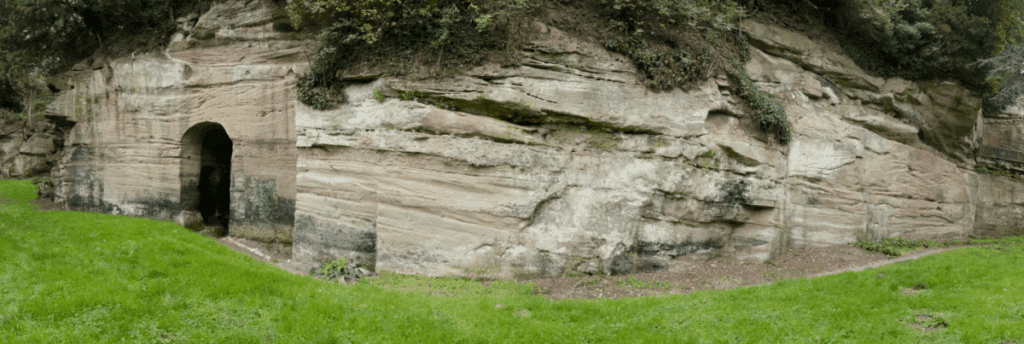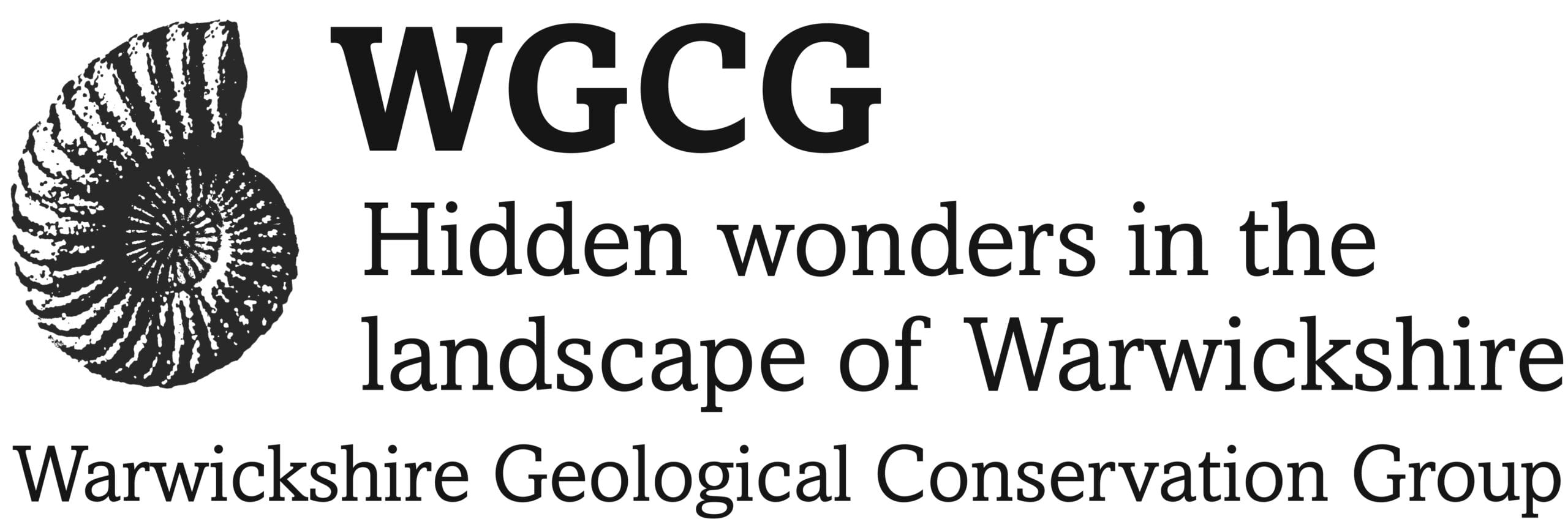
- This event has passed.
AGM followed by a talk on the Warwick Sandstone – Xiang Yan
October 16 @ 7:30 pm – 9:00 pm
The AGM followed by a talk on the Warwick Sandstone, presented by Xiang Yan, a PhD student at Imperial College London.
Reconstructing Triassic landscapes and rivers in the Warwick Sandstone
The Warwick Sandstone, known more generally as the Helsby Sandstone Formation (HSF), was deposited by large rivers and aeolian dunefields approximately 240 million years ago during the mid-Triassic. The HSF is a part of the regionally significant Sherwood Sandstone Group (SSG) in the British Isles, which has been previously explored for hydrocarbons, groundwater and for geothermal energy. More recently, this geologic unit has become a key target for carbon capture and storage (CCS) as a measure to combat climate change. Despite its societal importance, and the release of new geological data, a holistic depositional model for the HSF has not been created in the last 30 years, and substantial uncertainties remain in the paleogeography for this time period.
To this end, we present a new depositional map for the HSF across the British Isles, tracing the fluvial system from its source region in north France, into and beyond the Irish Sea, where it is thought to have terminated. We begin by constructing a new, integrated age model for the lower and Middle Triassic to correlate key rock units across the British Isles. We resolve existing paleogeographic discrepancies using existing sedimentological, provenance and paleocurrent data. We then present sediment thickness maps and volumes for the first time. We further supplement our geological dataset with a synthesis of sediment mineralogy across the British Isles. Using the resources we have created, we then present a unified, updated sediment routing map for this Triassic fluvial system. Finally, we use this information to evaluate the extent and nature of the mountainous source areas for the rivers of the HSF to place the river system in the wider context of northwest Europe.
We then present the results of a new field study in Warwickshire. Despite having excellent exposures, the Warwick Sandstone has received less geological attention than equivalent units in Devon, Cheshire and the Irish Sea, and thus represent a gap in the paleo-river system. From outcrops at Guy’s Cliffe and Woodloes Quarry, we made measurements of dunes, bars and sediment grain size. From these measurements, we derive hydrological characteristics of these palaeo-rivers, including their depth and width, their fluvial style (planform) and their sediment and water discharge. From this data, we are able to visualise the rivers which deposited the Warwick Sandstone and their surroundings.

Venue:
St Francis Of Assisi RC Church, 110 Warwick Rd, Kenilworth CV8 1HL
https://maps.app.goo.gl/9CGWRNdgFfttDKtd7
